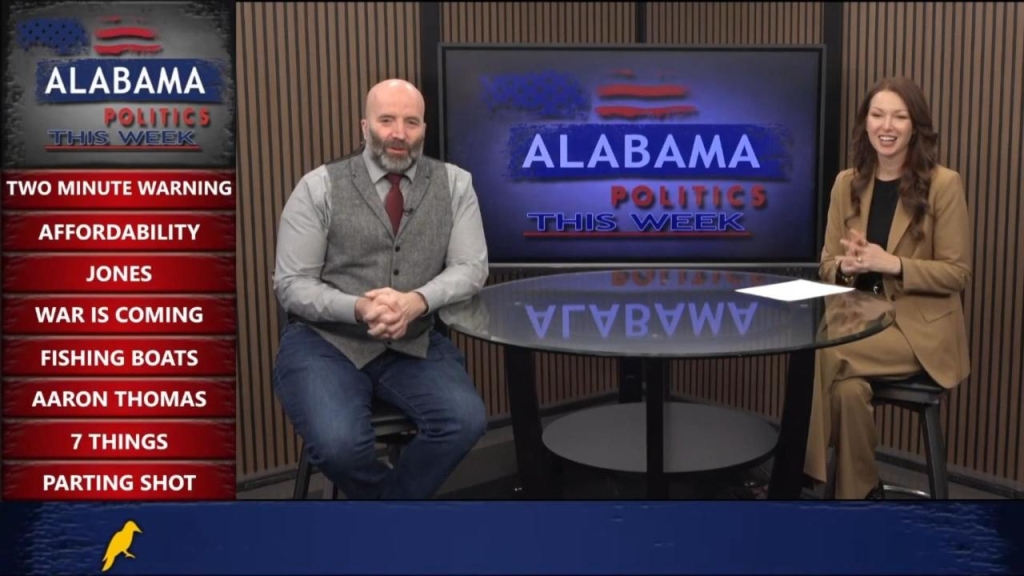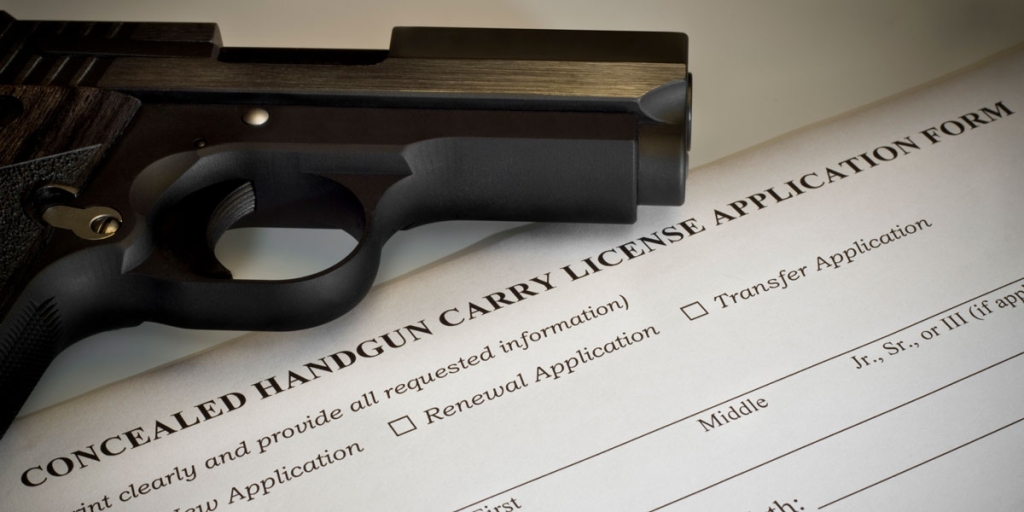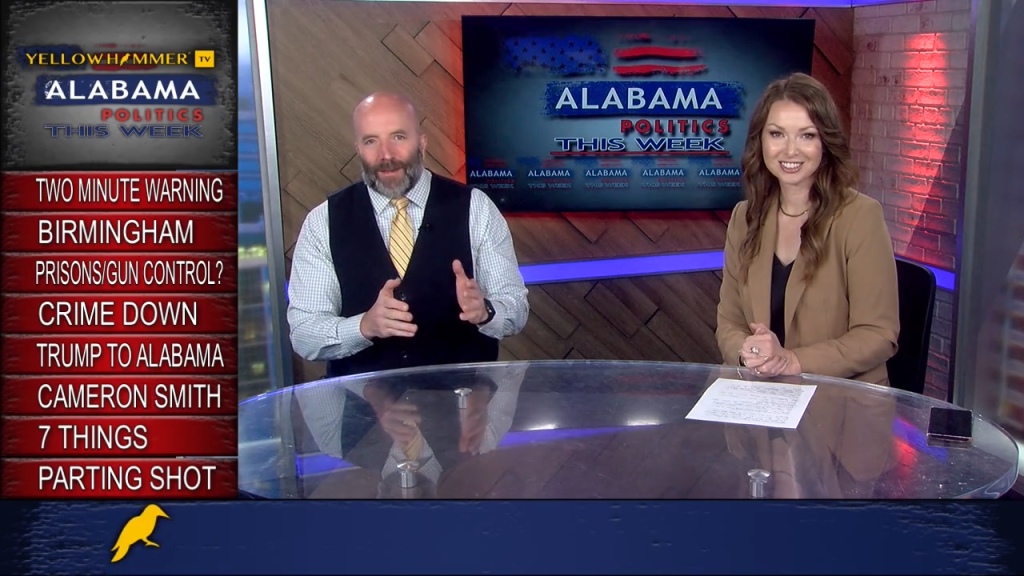Taking a page straight out of 1984, Merriam-Webster’s online dictionary, recently changed the definition of assault rifle to fit pro-gun control talking points.
Bre Payton of the Federalist highlights how the online dictionary modified the entry for “assault rifle” with the following definition:
“noun: any of various intermediate-range, magazine-fed military rifles (such as the AK-47) that can be set for automatic or semiautomatic fire; also : a rifle that resembles a military assault rifle but is designed to allow only semiautomatic fire”
Curiously, an earlier version of the same entry from June 13, 2016 only included the traditionally accepted definition of assault rifle:
“noun: any of various automatic or semiautomatic rifles with large capacity magazines designed for military use”
After the Marjory Stoneman Douglas High School shooting in February, the pro-gun control crowd has had a field day exploiting this tragedy. Part of their revived push for gun control consists of advancing bans and restrictions on so-called “assault weapons” like the much maligned AR-15.
A whipping boy for gun control advocates, the AR-15 and its cosmetic features generate polarizing emotions among the general populace. Add a little bit of fearmongering and sprinkle in some ambiguous political language, and you have the recipe for a national disinformation campaign.
For starters, “assault weapon” is a politically invented term gun control advocates like Senator Dianne Feinstein have used over the past few decades to instill fear among the general populace.
The media enjoy creating lurid images of criminals toting “military-grade” weapons after every shooting, but any serious analysis of these incidents will quickly pick apart this myth.
Cosmetics notwithstanding, firearms like the AR-15 function no differently from regular handguns. To add even more confusion, media talking heads use the terms “assault rifle” and “assault weapon” interchangeably.
Assault rifle actually refers to a military firearm that possesses semi-automatic and automatic settings. AR-15s can’t be classified as assault rifles due to only featuring a semi-automatic setting.
Alas, hard-hitting facts don’t jive well with sensationalist media figures and demagogic politicians hell-bent on advancing an anti-gun crusade at all costs.
Gun controllers had their way during Bill Clinton’s presidency when the 1994 Assault Weapons Ban was enacted. Coolers heads eventually prevailed during the Bush years, when George W. Bush let the Assault Weapons Ban expire in 2004. The FBI reported a 3.6 percent decline in the national murder rate from 2003 to 2004 much to the chagrin of gun control advocates, who warned that the repeal of the 1994 AWB would lead to an upswing in crime.
However, this trend did not stop there. Declining crimes rates became the norm from 1993 to 2013, when gun ownership per person increased by 56% and gun violence correspondingly decreased by 49%.
While correlation is not causation, this statistical finding demonstrates that laxer gun laws which allow more people to carry and own firearms do not necessarily produce large spikes in violence like many gun controllers fear.
But gun controllers have remained persistent and they currently have a favorable political environment in which they can operate in.
With a Republican-controlled governor’s office and legislature in Florida kowtowing to anti-gun pressure and the federal government passing the largest piece of gun control legislation since the 1994 Brady Act, supposedly “pro-gun” politicians can no longer be counted on to defend gun rights.
And it doesn’t stop there.
Now that political figures like retired Supreme Court Justice Paul Stevens are calling for the outright repeal of the Second Amendment, gun controllers smell blood in the water.
Merriam-Webster’s latest move to change the definition of assault rifle just serves as another stark reminder of the tide shift towards gun control.
Many will scoff at this development and claim that it’s much ado about nothing, but the significance of this lexical change cannot be overstated.
Author George Orwell understood the power of words and warned how the English language could be corrupted to serve a more nefarious, statist agenda.
In his famous essay, Politics and the English Language, Orwell argued that if “thoughts can corrupt language, language can also corrupt thought”. This very same language could be used “to make lies sound truthful and murder respectable, and to give an appearance of solidity to pure wind”. Then the stage is set for the rise of Newspeak, where everyday speech is filled with politically approved vocabulary that contains ambiguous and empty meanings.
Of all individual activities in the United States, the right to bear arms has stood relatively strong in the face of the unprecedented levels of government intervention over the past century. However, Second Amendment supporters currently face a completely different political scenario where this precious right now hangs in the balance.
Not only are gun rights activists starting to lose battles on the public policy front, but the very rhetorical battles that shape these debates could also be in jeopardy.
The words we use in common parlance matter and when their definitions are changed to fit a misleading political narrative, the floodgates are open for all sorts of rhetorical abuse and inevitable policy defeats.
It’s high time we took back control of our language and re-frame the terms of the gun debate in America.
Jose Nino is a Venezuelan-American political activist based in Fort Collins, Colorado. Contact: twitter or email him here.
(Courtesy of Mises Institute)












